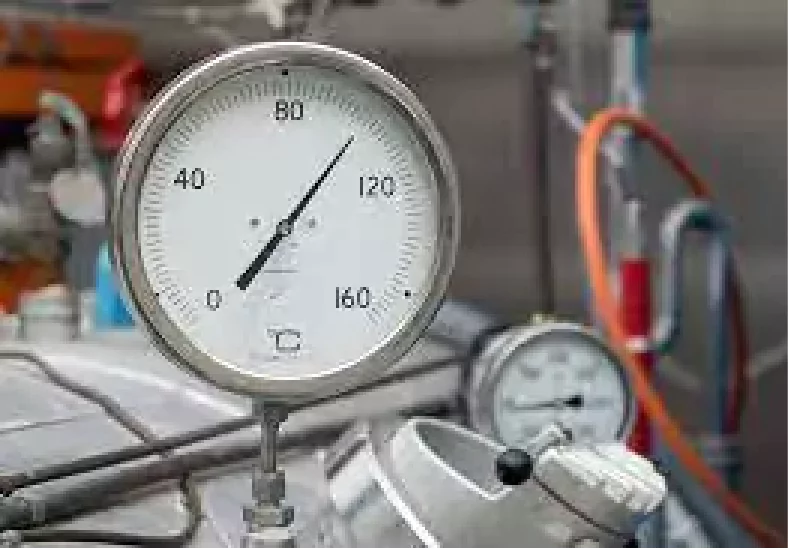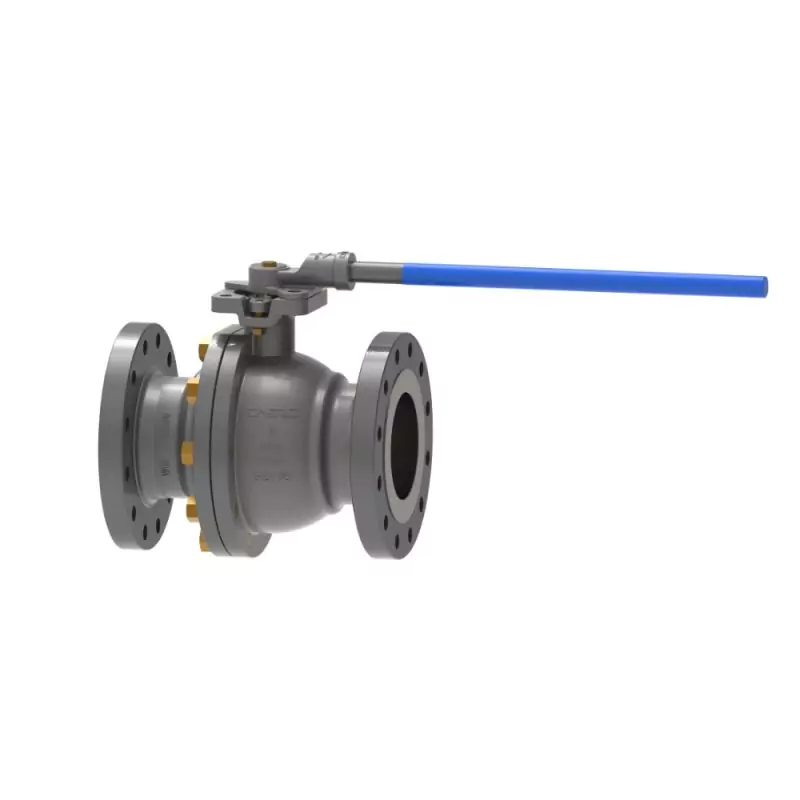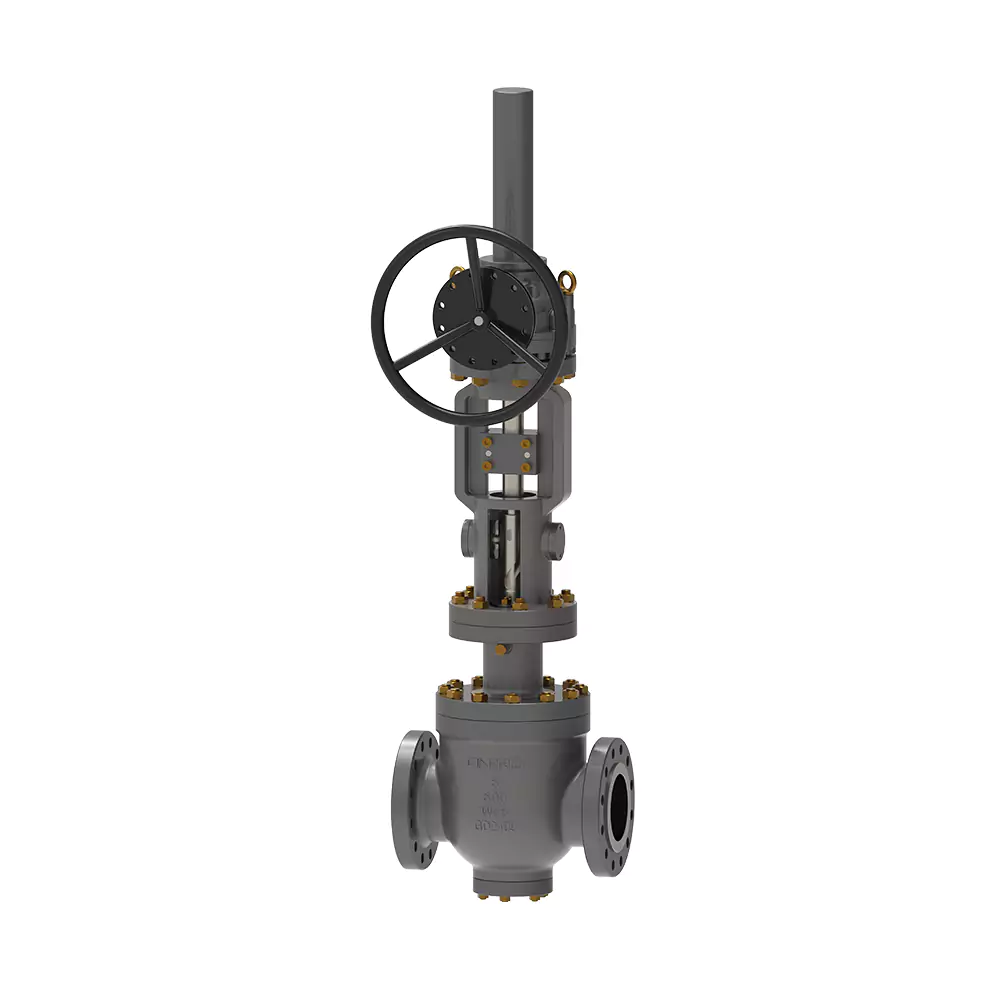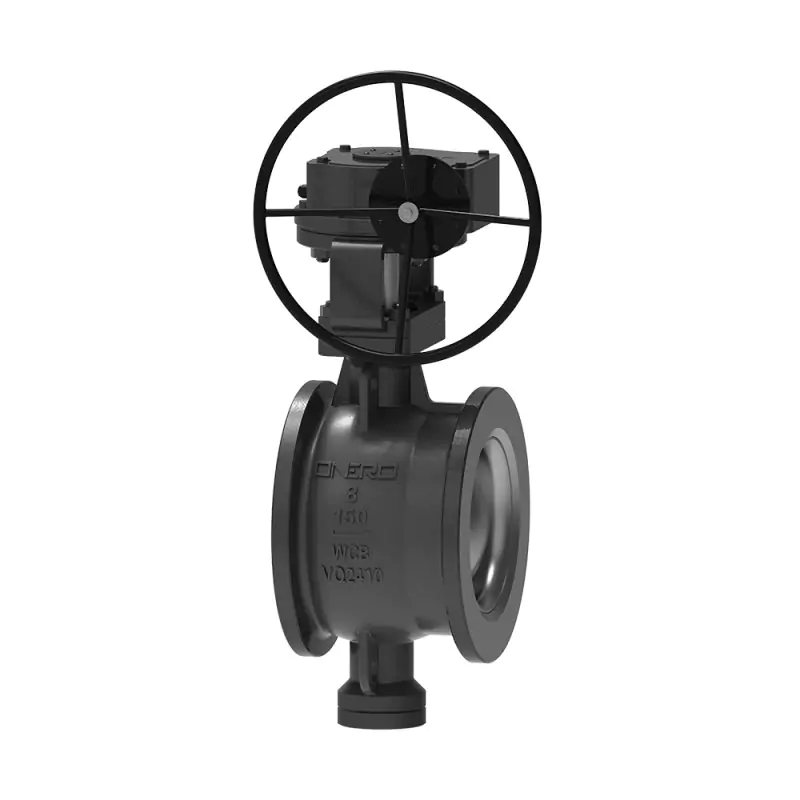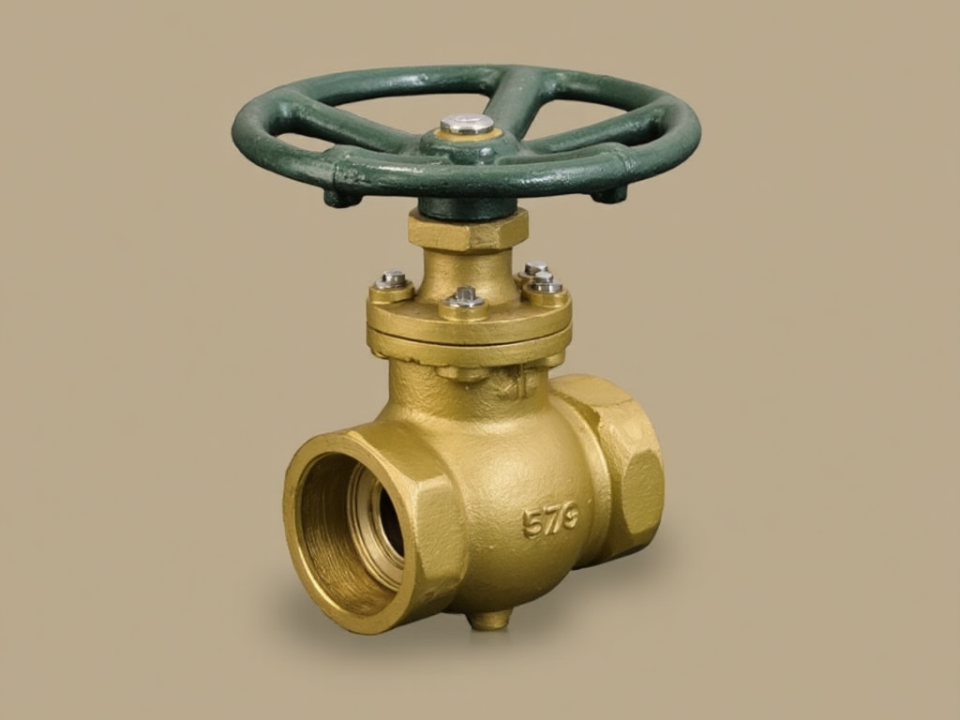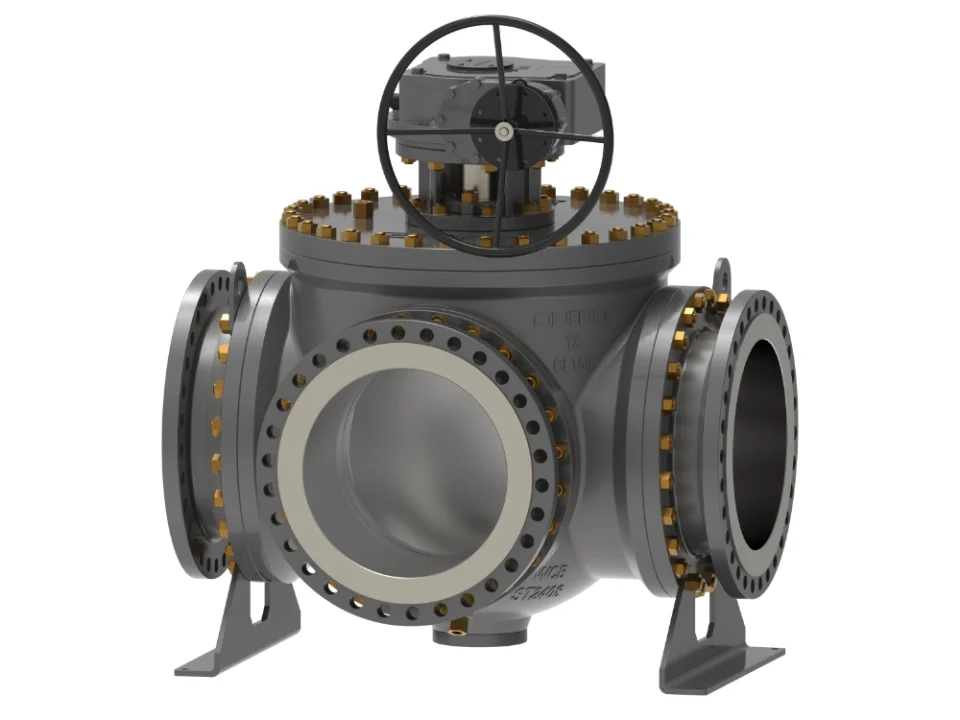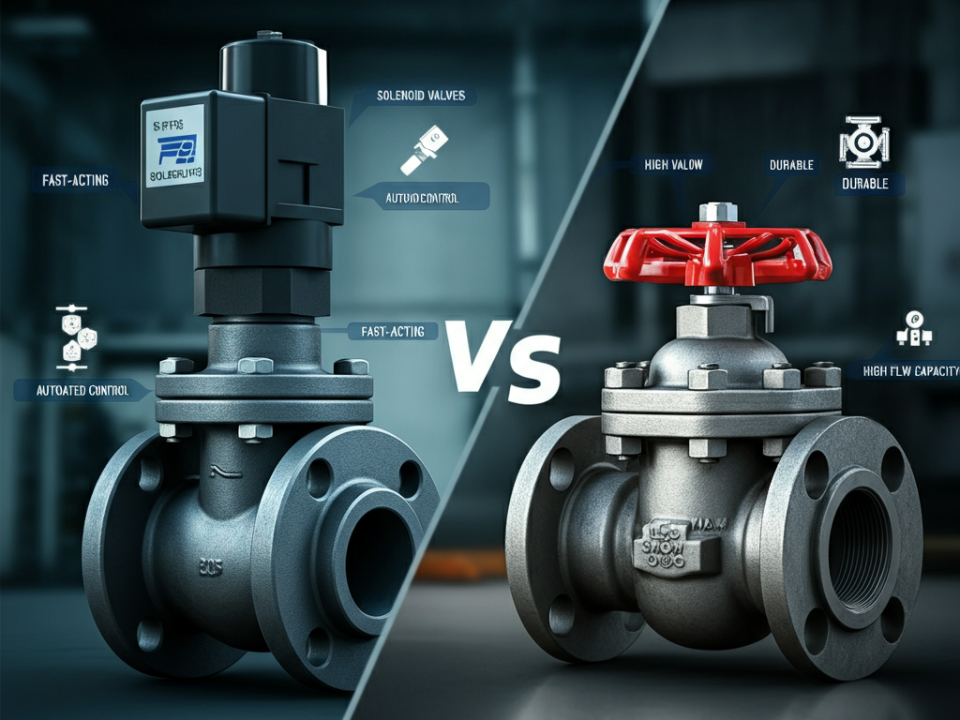Industrial ball valves are important in many industries. They help control the flow of gases and liquids. But the right valve depends on its temperature range.
Why is temperature important in industrial ball valves? Temperature matters because it affects how well a valve works. Valves used in very hot or very cold environments need special materials. Using the wrong valve can cause leaks, damage, or even accidents.
Picking a valve with the right temperature range helps prevent problems. It makes sure the valve works safely and lasts longer. This article explains what to consider when choosing a valve for different temperatures.
Why Temperature Range Matters for Industrial Ball Valves
The temperature of the fluid moving through a valve affects its performance. Hot or cold fluids can change the material’s strength. This can lead to leaks or failure if the valve isn’t designed for those temperatures.
Each type of valve has a temperature range it can handle. For example, ball valves work well between -55°C (-65°F) and 300°C (575°F). If a valve goes beyond its range, it might break down.
In extreme temperatures, special materials are needed. This is why knowing the temperature range is so important. It helps you pick a valve that matches your system’s needs.
Factors That Affect Industrial Ball Valve Temperature Range
The material of the valve is one main factor. Some materials, like PVC, only work in lower temperatures. Others, like stainless steel, can handle both heat and cold.
The seal inside the valve also matters. Soft seals may melt or wear out in high heat. Metal seals are better for very hot applications.
The valve’s design affects temperature too. Some designs are made for extreme conditions. Choosing the right design helps the valve work better in your system.
High-Temperature Industrial Ball Valves
High-temperature valves are made for hot environments. These valves work in temperatures from around 200°C (392°F) up to 500°C (932°F) or more. They are usually made of tough materials like stainless steel.
Stainless steel and other high-performance metals stay strong in heat. They don’t melt or weaken as easily as other materials. Metal seals are often used in high-temperature valves because they don’t wear down as fast.
Ball valves are one option for high temperatures, but other types can handle even hotter environments. For example, butterfly valves work up to 538°C (1000°F). Gate valves go as high as 675°C (1250°F), and globe valves can reach 540°C (1000°F).
Applications for High-Temperature Ball Valves

Need High-Temperature Industrial Ball Valves?
High-temperature ball valves are used in many industries. In power plants, they help control hot steam. Steam is very hot, so the valve needs to handle high temperatures safely.
In chemical plants, high-temperature valves manage hot chemicals. Some chemicals react under heat, so a strong valve is needed to keep them under control. Oil and gas industries also use these valves to handle high heat in refining processes.
Choosing the right valve prevents accidents in these industries. It keeps fluids flowing safely, even in extreme conditions.
Low-Temperature Industrial Ball Valves
Low-temperature valves work in very cold environments. These valves handle temperatures down to -40°C (-40°F) and even as low as -196°C (-321°F). Materials like stainless steel or brass are used because they don’t get brittle in the cold.
Cryogenic valves are special low-temperature valves. They are made to handle freezing conditions without breaking. Soft seals might crack in the cold, so these valves often use special seal materials.
Gate and globe valves can work at extremely low temperatures, down to -272°C (-455°F). Ball valves are another option, but they must be designed specifically for cold settings. Each valve type has a different limit, so choosing carefully is important.
Applications for Low-Temperature Industrial Ball Valves

Need Low-Temperature Industrial Ball Valves?
Low-temperature ball valves are common in industries like natural gas. In these settings, gas is often stored as a liquid at very low temperatures. A strong valve helps keep the gas secure.
The food industry also uses low-temperature valves. They help control flow in cooling and freezing processes. In some cases, pharmaceuticals need low temperatures for safety, and ball valves are used to keep these products stable.
Choosing the right low-temperature valve ensures safe operations. It helps control the flow without risking leaks or freezing. This keeps the whole system safe and efficient.
ONERO Valve’s Industrial Ball Valve Temperature Capabilities
ONERO offers industrial ball valves for both hot and cold applications. Our valves are made from durable materials that handle extreme temperatures well. We offer stainless steel valves for high heat and cryogenic valves for low temperatures.
For high-temperature needs, our valves provide strong sealing and durability. They’re designed for challenging environments like power plants and chemical industries. For cold applications, we offer low-temperature ball valves that stay reliable even in freezing conditions.
To find out which valve is right for your needs, visit ONERO’s product page. We have options for a wide range of temperatures. Explore our selection to find the best valves for your project.
Conclusion
Choosing the right industrial ball valve temperature range is important for safety. The temperature of your fluid affects how well the valve will work. Valves for high or low temperatures must be made from special materials to handle these extremes.
High-temperature valves are used in places like power plants and refineries. Low-temperature valves are found in natural gas, food, and pharma industries. ONERO offers both types to meet your needs.
With the right temperature range, your valve will work safely and last longer. Visit our website or contact us today to find the best option for your project.

